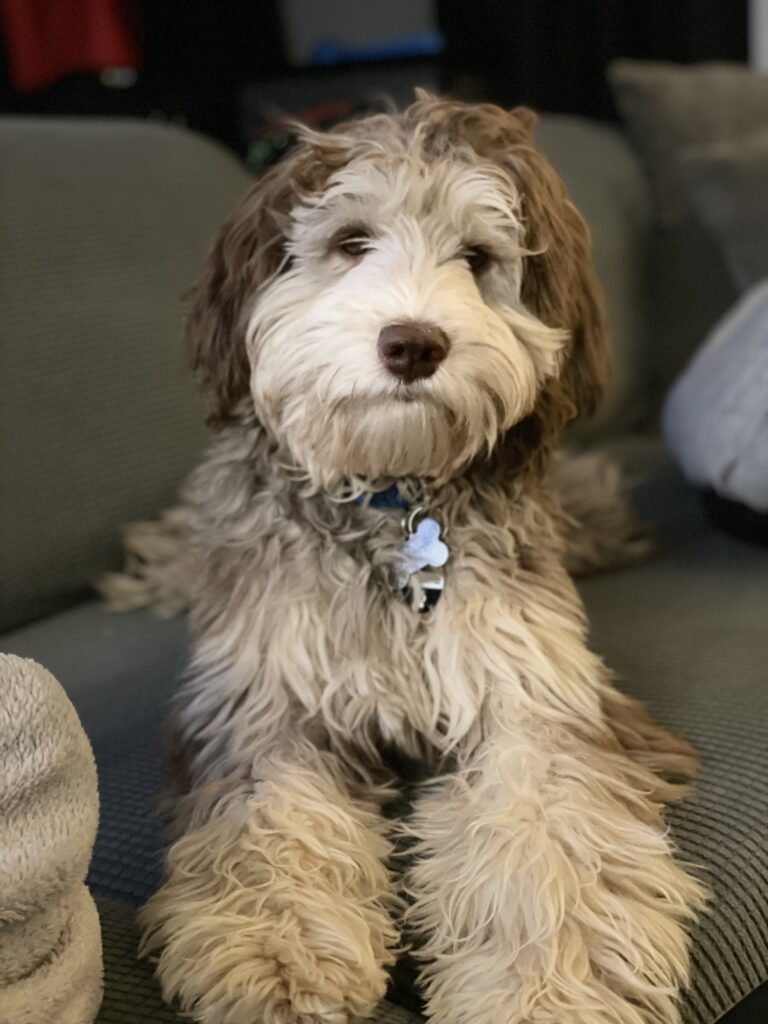
Just like humans, dogs experience anxiety. While unpleasant, it is a normal emotion to process from time to time. Dog anxiety can affect all breeds and may manifest differently in each individual dog. If left untreated, dog anxiety can cause behavioral issues and affect their overall well-being.
Recognizing the Signs of Anxiety in Dogs
Physical Signs
Dogs often express their anxiety through physical behaviors. Panting, trembling, and pacing are all common indicators that your dog is feeling stressed. You might also notice your dog licking excessively or drooling more than usual. If your dog tends to tuck their tail between their legs or lower their ears, these are also signs of discomfort or fear.
Behavioral Signs
Anxiety in dogs often leads to changes in behavior. Some dogs may become destructive, chewing on furniture and shoes or digging at doors or windows in an attempt to escape. Excessive barking, whining, or howling can also indicate anxiety, especially if these behaviors occur when you’re away from home. Dogs that experience separation anxiety may follow you from room to room, unable to relax when you’re out of sight.
Changes in Eating and Bathroom Habits
Anxiety can also affect your dog’s appetite and bathroom habits. Some dogs may lose interest in their food, while others may start overeating. In more extreme cases, anxiety can lead to accidents indoors, even in dogs that are normally house-trained. Pay attention to sudden changes in eating patterns or inappropriate elimination, as these can be red flags for stress.
How to Help Your Dog Cope with Anxiety
Create a Safe Space
A designated safe space can make a world of difference for an anxious dog. This could be a quiet room, a cozy crate, or a calming area in your home where your dog feels secure. Ensure it’s free from loud noises and interruptions, giving your dog a place to retreat when they’re feeling overwhelmed.
Establish a Routine
Dogs thrive on consistency. Establishing a regular feeding, walking, and playtime routine can help reduce anxiety by providing a sense of predictability. This can be especially helpful for dogs with separation anxiety, as they can better understand when you’ll be leaving and returning.
Utilize Exercise and Mental Stimulation
Regular exercise and mental stimulation are key to reducing anxiety. Long walks, playtime, and puzzle toys can help your dog burn off excess energy and stay mentally engaged, reducing the likelihood of anxious behaviors.
Provide Comforting Aids
There are several tools available to help calm anxious dogs. Anxiety wraps, calming pheromone diffusers, and soothing music designed for dogs can all provide comfort. If your dog’s anxiety is more severe, consulting a veterinarian for possible behavioral therapy or medication may be necessary.
At Blue Star Labradoodles, we ensure each of our Multi-Generation Australian Labradoodle puppies are loved and cared for from birth. Each puppy undergoes a thorough evaluation for temperament and structure, ensuring they meet our high standards. Your journey with us is risk-free, with a fully refundable reservation deposit and comprehensive support!
Complete our puppy reservation form online and call (509)979-0949 for any questions about our health guarantee or processes today.

Leave a Reply